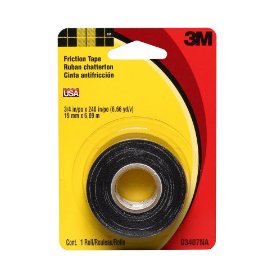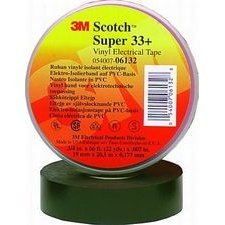| Author | Message | |||
Zanon |
Hi: Noob XB9 owner needs help. I was told to put rubber under some wires to prevent them from rubbing through, so I got an old inner tube, took off the seat and... got stuck. There is a mess of wires there, and they all look equally exposed/protected. Where do you recommend I add rubber to better protect them? Thanks! | |||
Glitch |
Got me. I've done nothing of the sort, for well over 60,000 miles. | |||
Gaza |
Once you ride her a few times you won`t need to put any rubber on  Sorry... I couldn`t help myself Sorry... I couldn`t help myself | |||
Pogue_mahone |
yeah....... maybe slop dielectric grease on the grounds and make sure no wires are rubbing anything sharp. and ride it!!! | |||
Sam_07 |
Do you have a R or S....completly different wiring harnesses. I have the chaffing spots on my xb12s protected with rubber line! (of course after the harness rubber through 3 times in 4 spots!) | |||
Deltablue |
keep the rubber on the road!  | |||
Zanon |
Sam 07: I have a xb9 city x. What you're talking about is exactly what I want to avoid. Where are those points? | |||
Ustorque |
on the cityX right under the seat where the harness bends to plug into the ecm, it is a very good rub point against the seat pan. thats the only one ive had on mine. | |||
Ochoa0042 |
was it always 'health'  | |||
Mmcn49 |
The harness is not sheathed in a hard vinyl or PVC covering. Instead it is wrapped in a soft poly cloth which affords zero chafe protection. I had two chafe spots, one at the battery’s negative terminal and another one further down the harness. Go to Home Depot and get some spiral wrap and/or split convolute tubing in the electrical section. Both come in different sizes. Put either on the harness, especially where it rests against something. I covered most of my harness in less than an hour. | |||
Zanon |
Mmcn49: My brilliant plan was to cut up a bicycle inner tube and use that. That should work, yes? | |||
Xb12mel |
you can actually buy "friction tape" in the electrical isle of any hardware store and wrap the harness yourself. This is exactly what the tape is for and it cost just around $1 per roll. And it even comes in different primary colors! | |||
Court |
I put all my cables that run from front to back in a semi-rigid split harness . . . wrapped it with two wraps of 50% lapped friction tape (I prefer Bulldog but it's no longer made so I'd go with 3M)  . . then I coverer the harness with 2 50% laps of Scotch 33".  If I were doing it again, I'd use woven aircraft wiring sheath. | |||
Mmcn49 |
Zanno – Maybe but it will be a PITA to wrap. Spiral wrap costs about $2.00-$3.00 or so a pack and is easy to use. You can get it for less at Wally World but they only have it in one size. I used both split tubing and spiral wrap on my harness. I also spiral wrapped the wires on my LC-1 controller & WB sensor. Spiral Wrap Polyethylene expandable spiral cut wrap offers good insulation and abrasion protection for wires, cables, hoses and tubing. It wraps tightly to wire and cable bundles, yet maintains flexibility even when bent around tight turns. Spiral wrap twists on easily, can be removed and re-applied, and will retain its strength under repeated flexing and binding. Wire harnessing, cabling and bundling work is simplified with the use of spiral wrap. It allows for wire, cable and hose break-outs in any orientation, making it ideal for use on long continuous runs where many leads are required. Spiral wrap is ideal for offering abrasion resistance and insulation protection for cables and hoses used on construction equipment, and in the mining, oil and gas industries. Spiral wrap will help avoid those costly breakdowns due to wear on your cables and hoses. When installing spiral wrap, an increased gap between spirals will provide for greater economy and flexibility, where spirals butted tightly with little or no gap will provide for maximum abrasion resistance, insulation protection and greater rigidity. | |||
Mmcn49 |
Here are some pictures.
| |||
Zanon |
Hi guys: This is all great advice. OK, I'll ditch the inner tube, and get the tape. Last question -- any pointers to pictures of what it should look like once I'm done? |